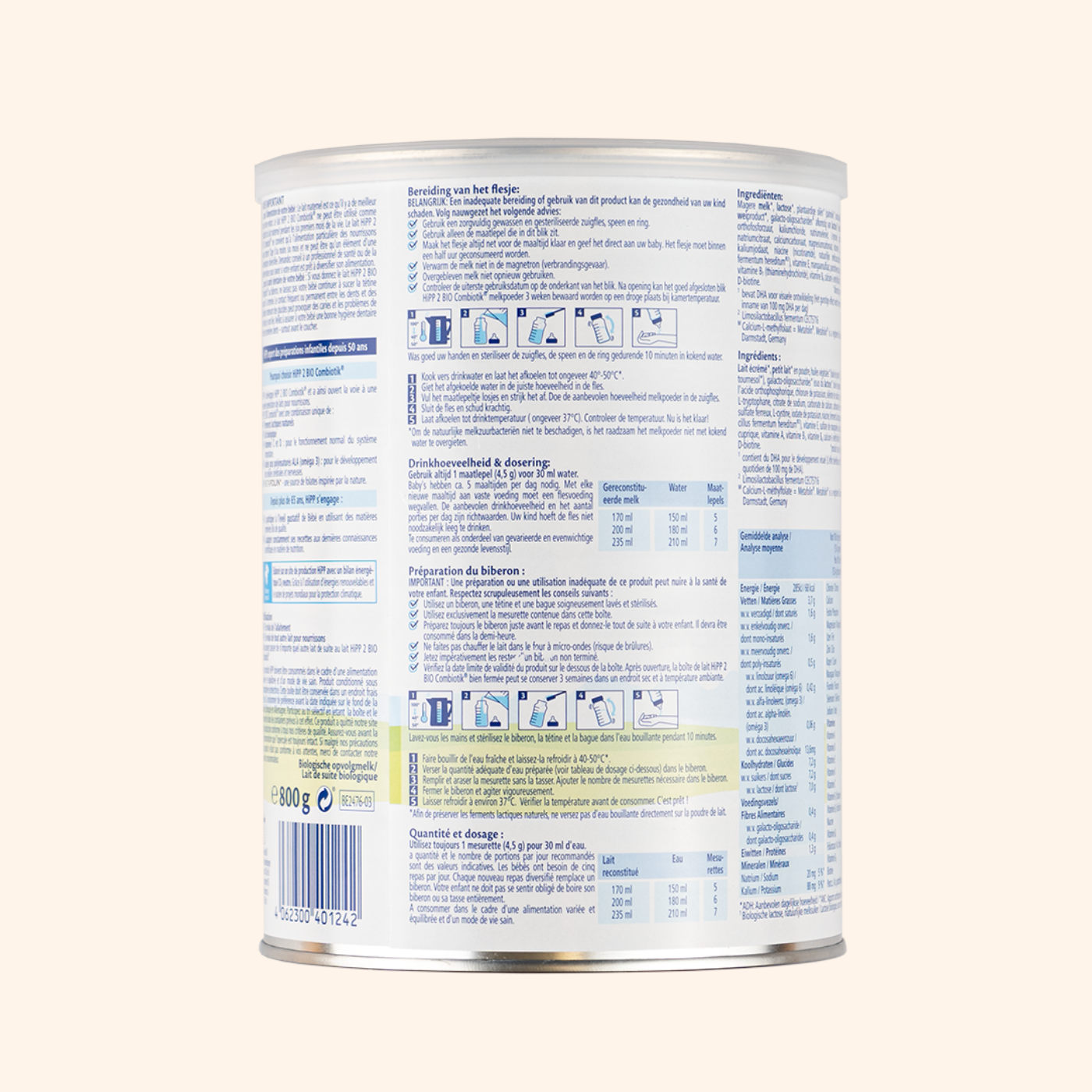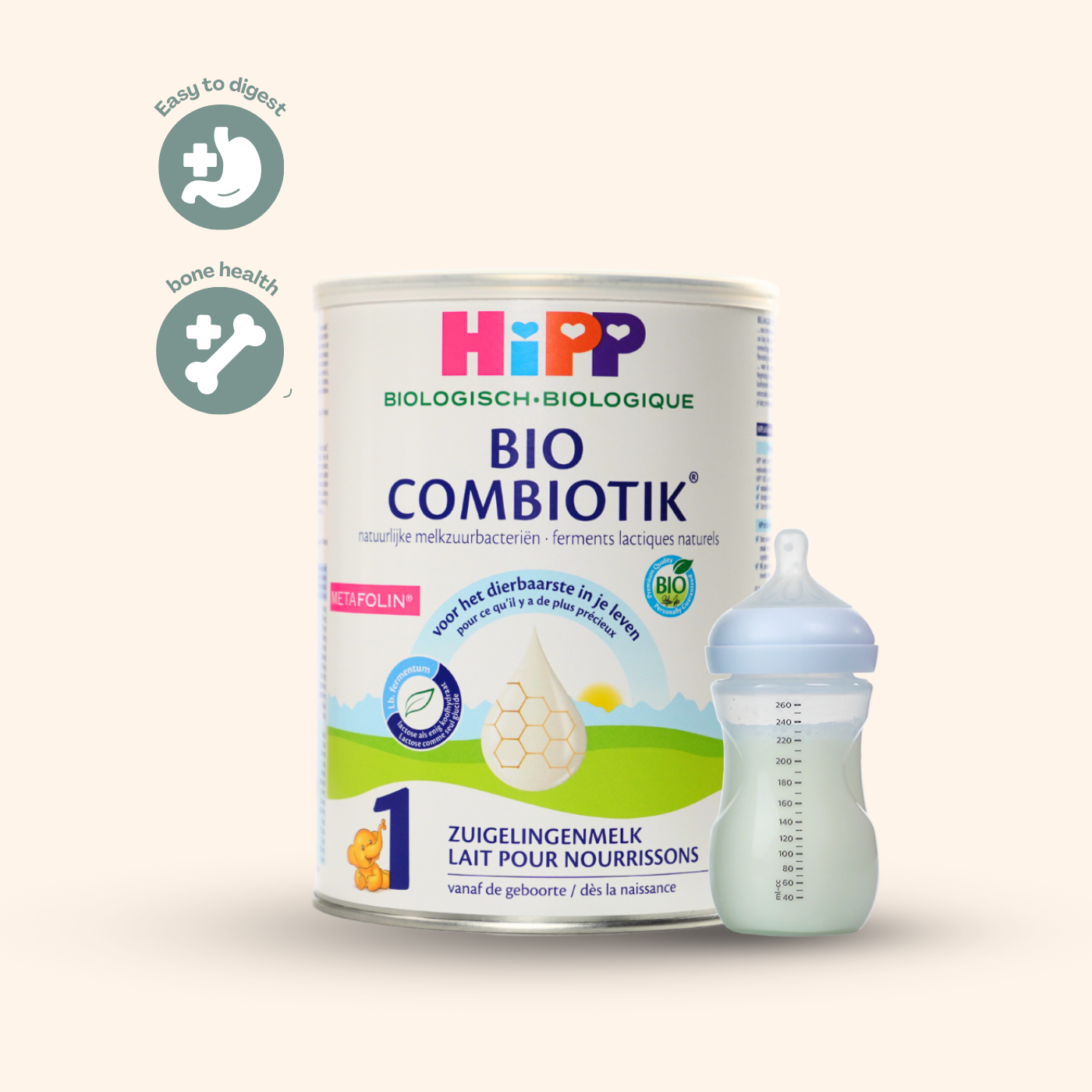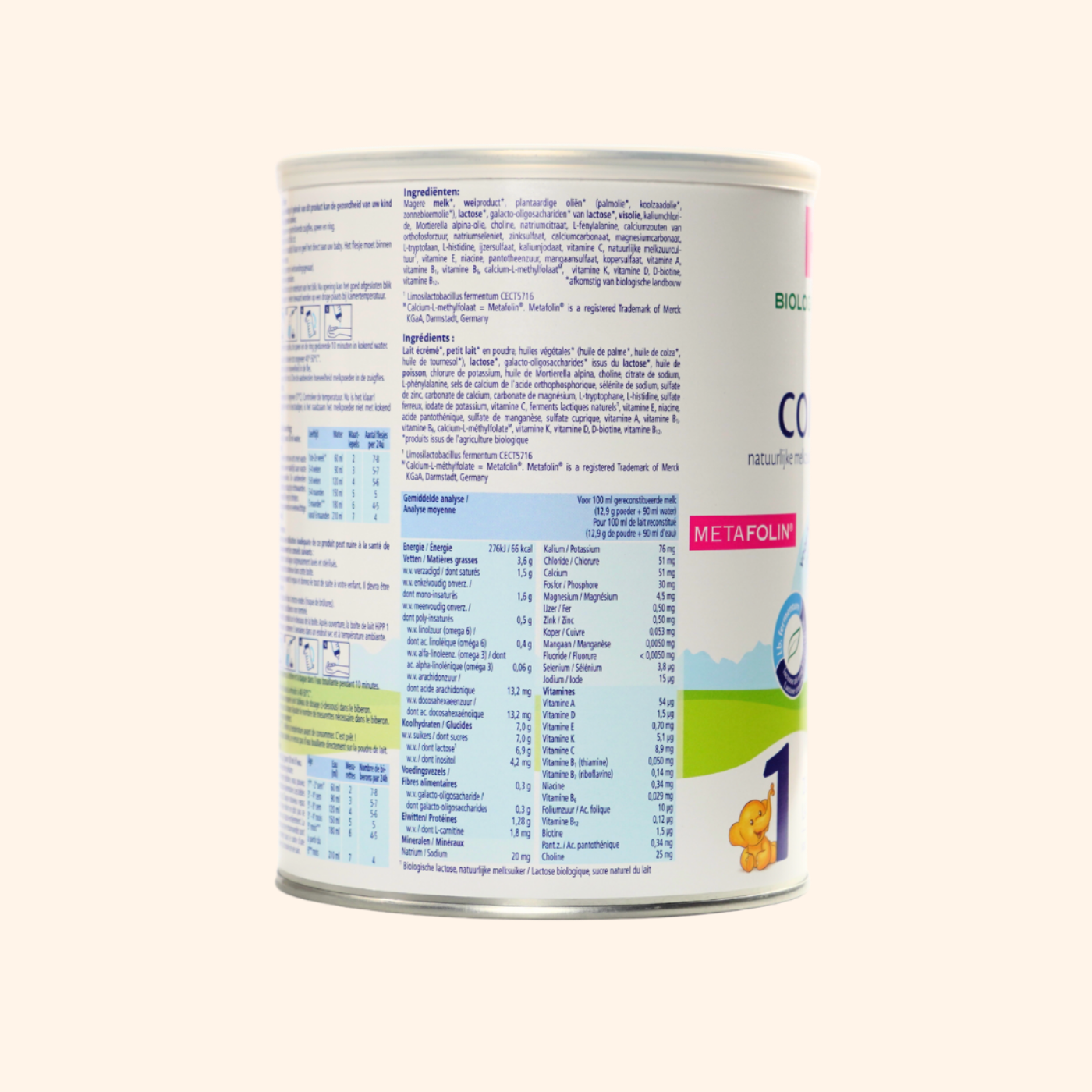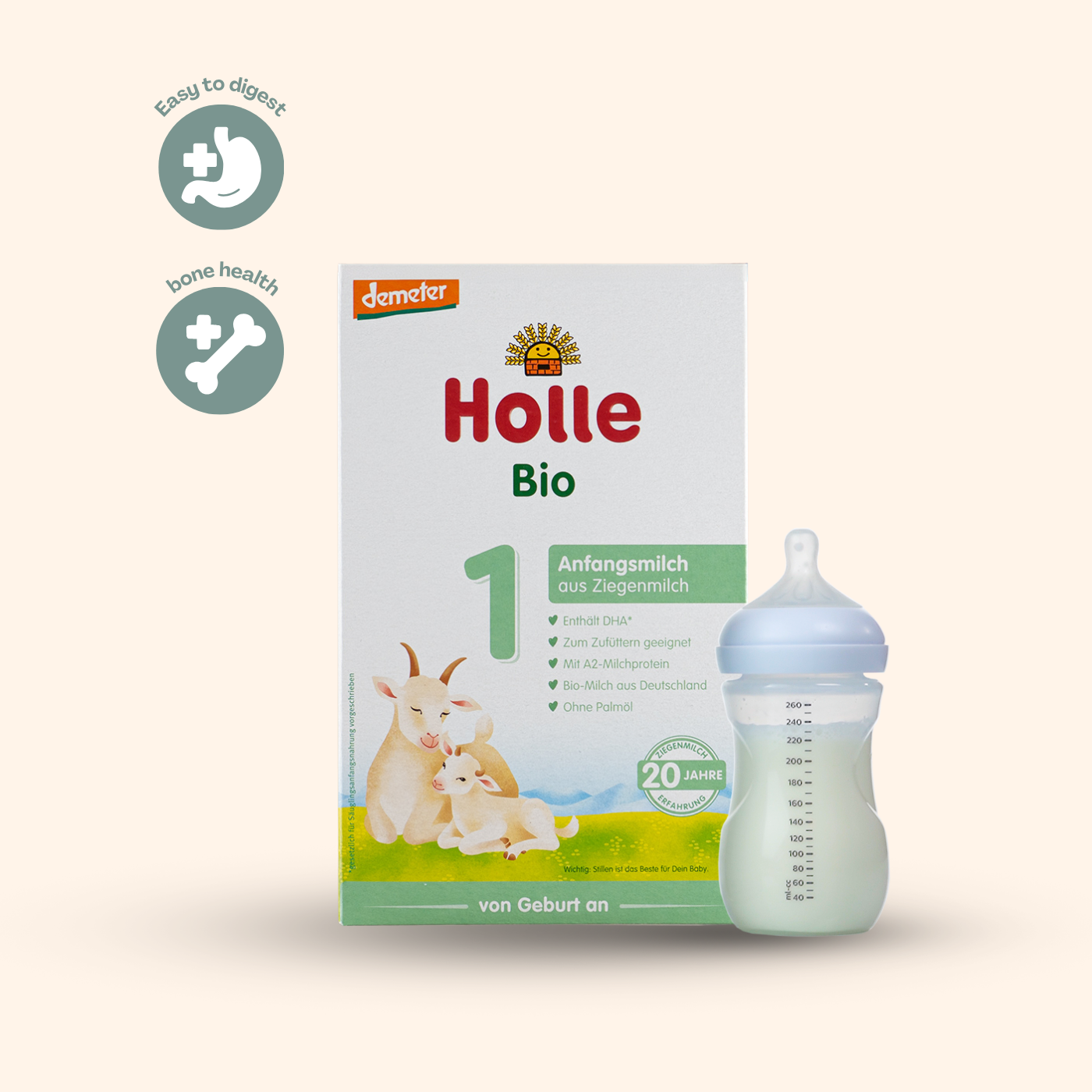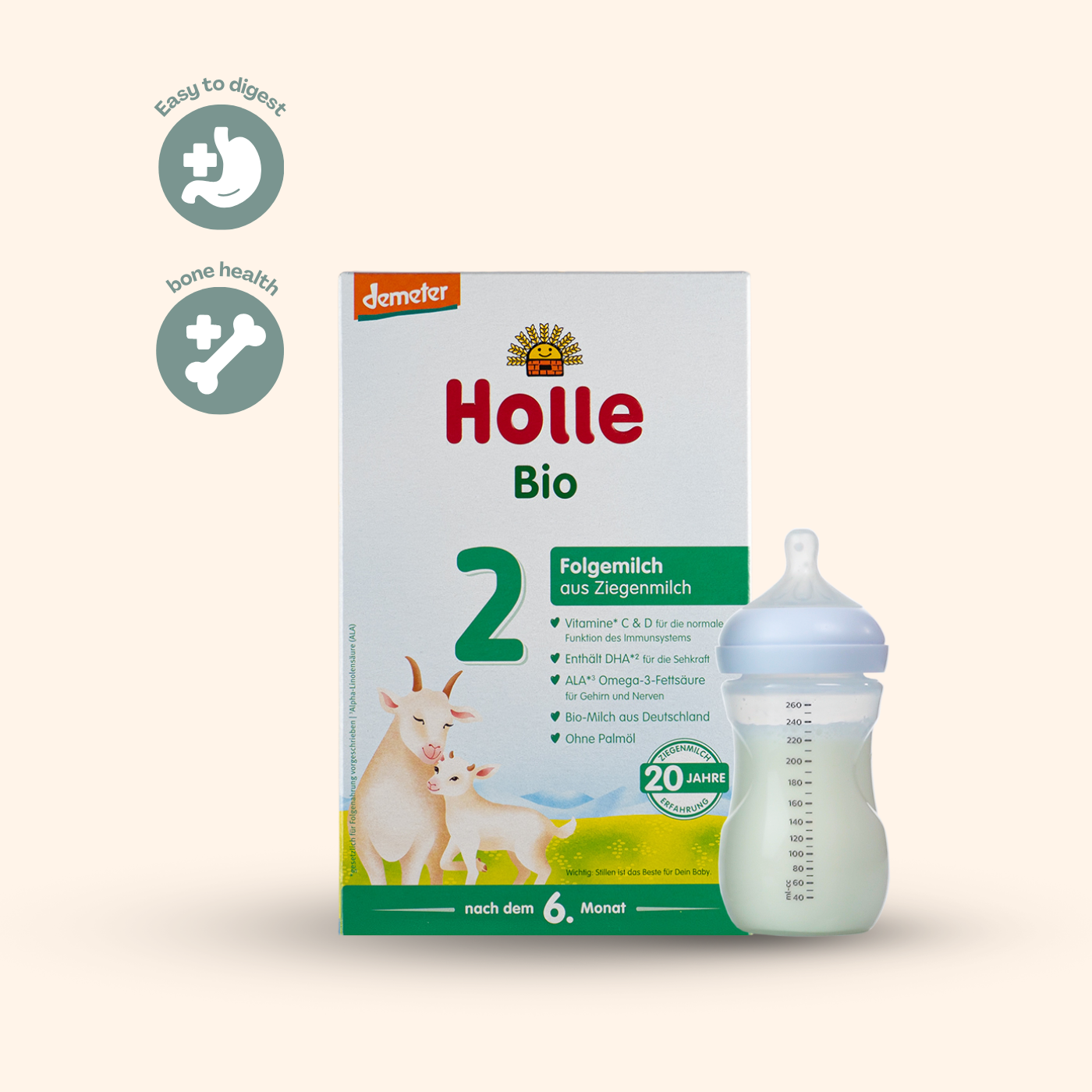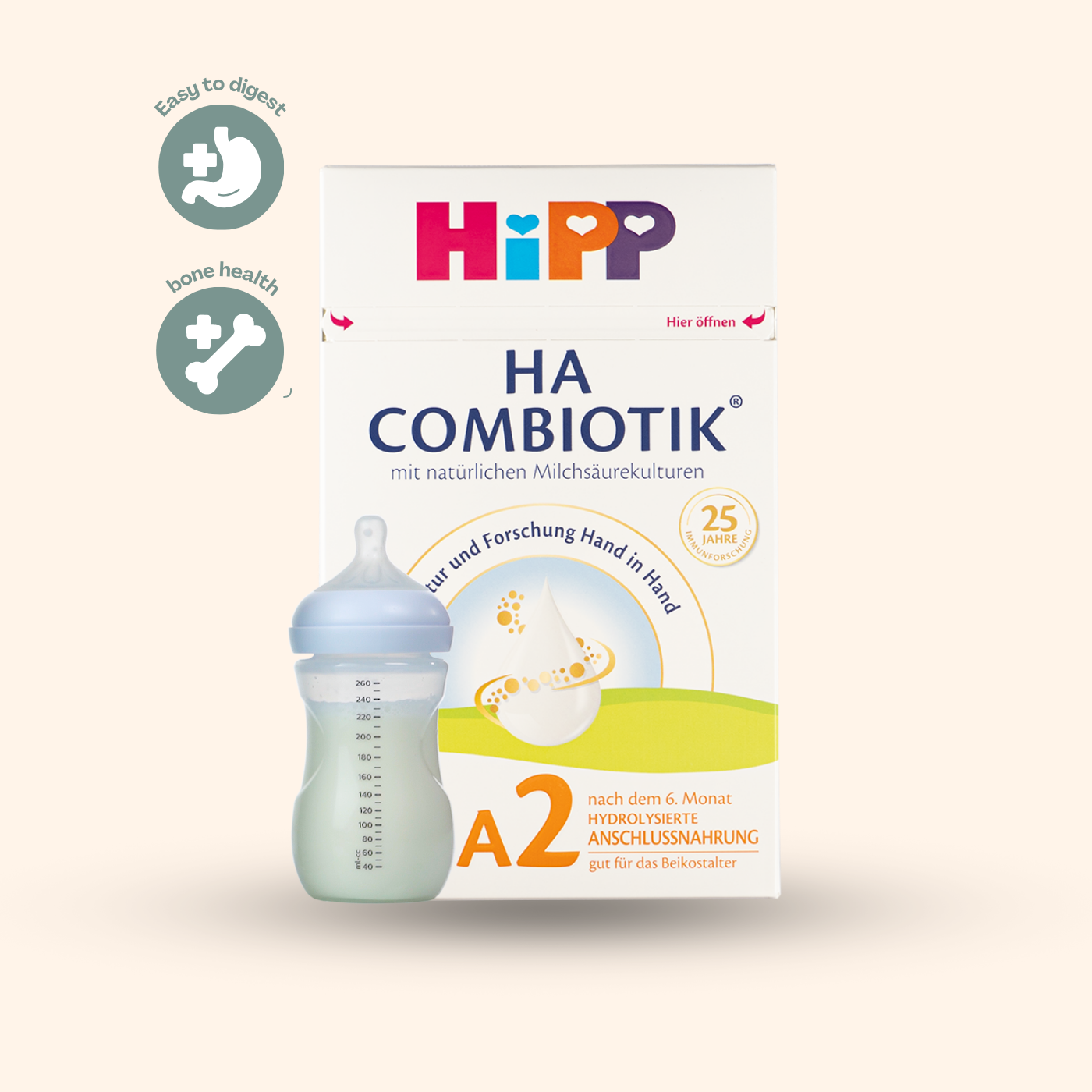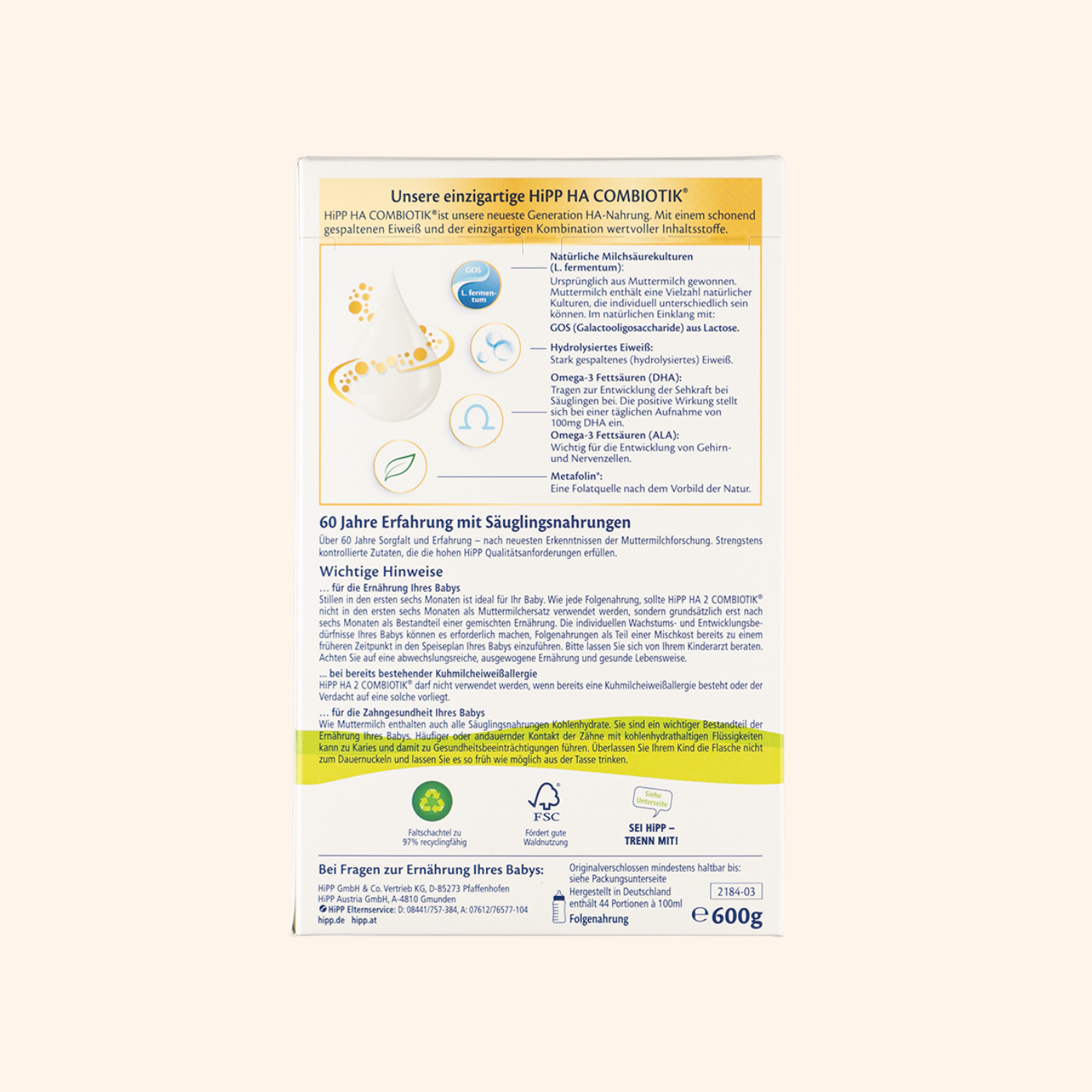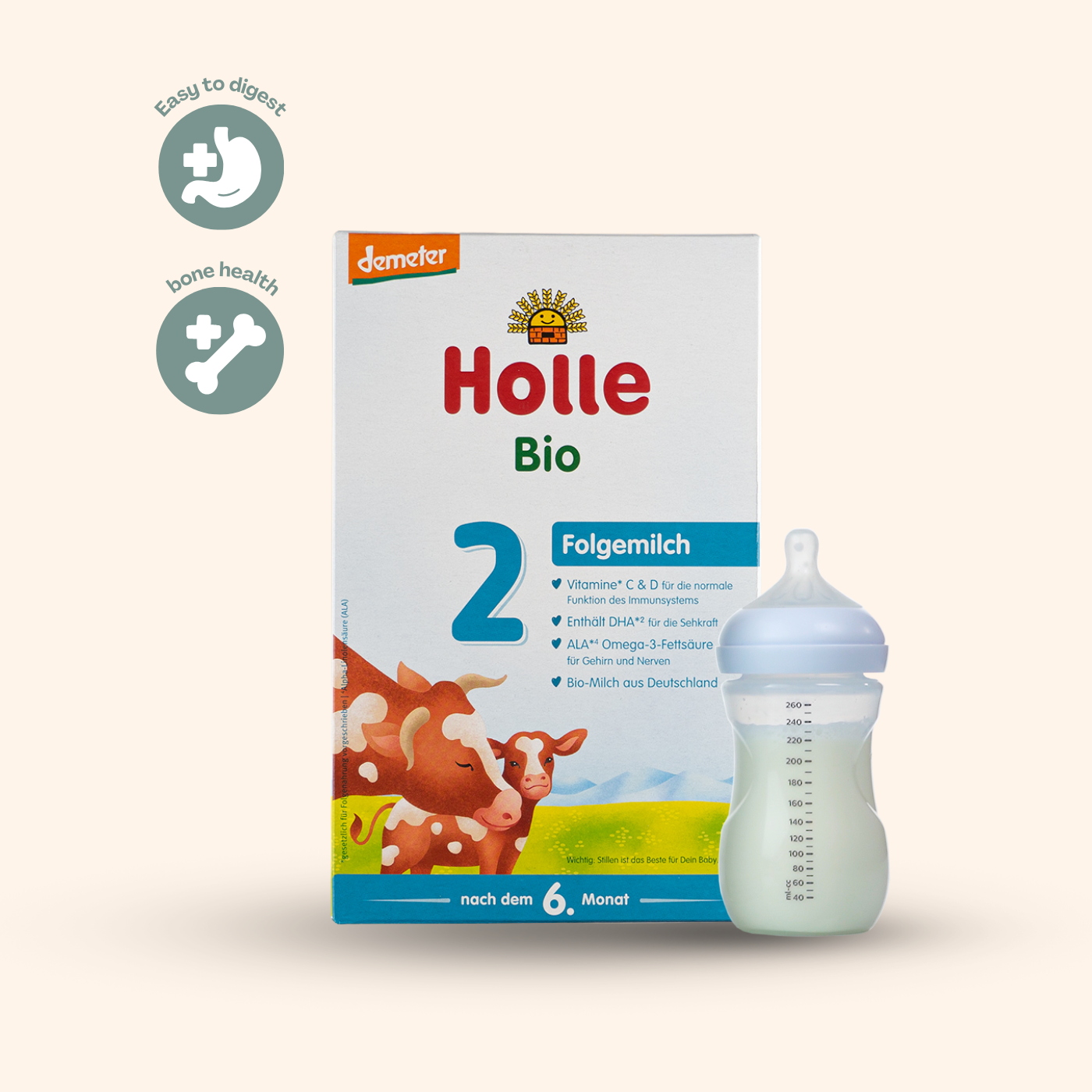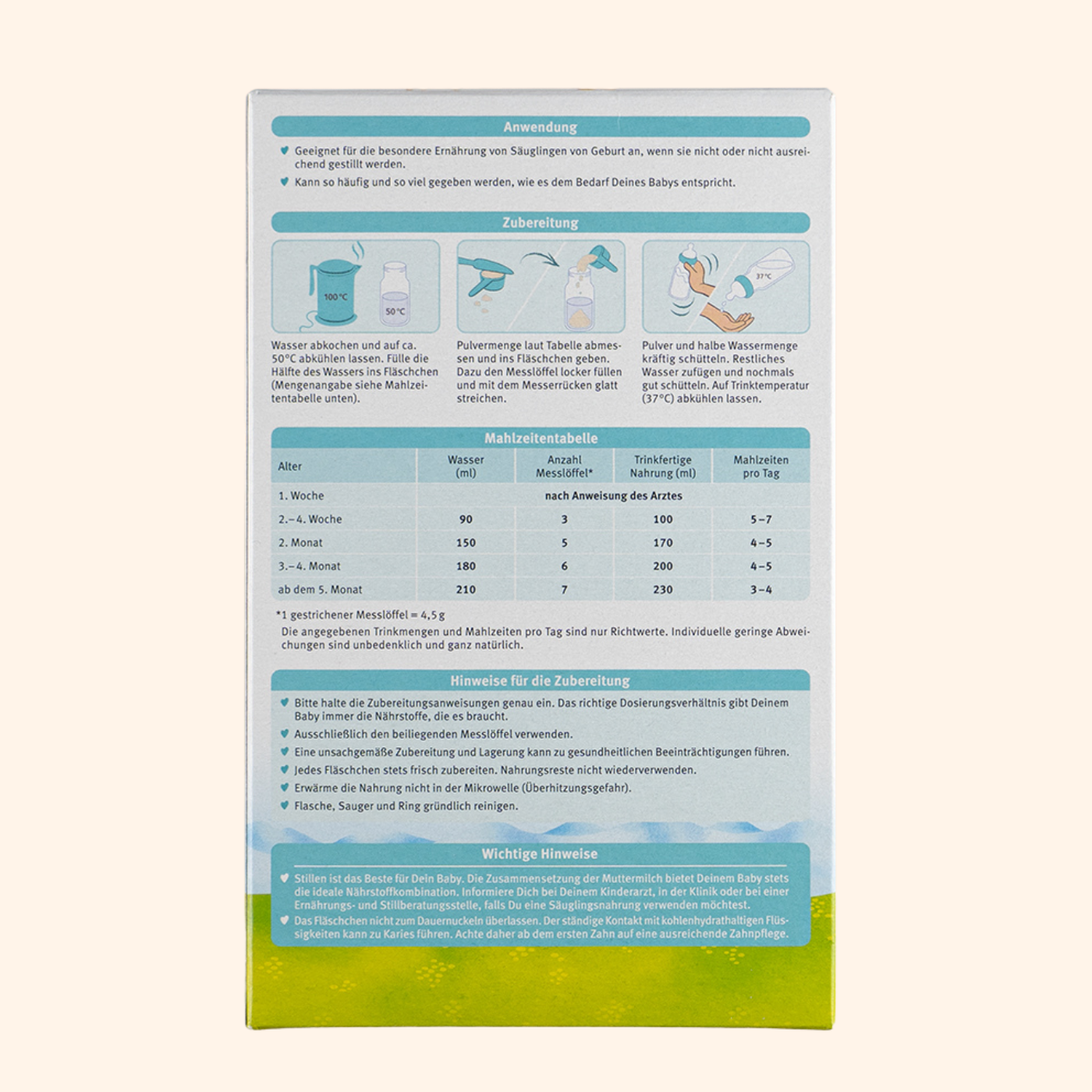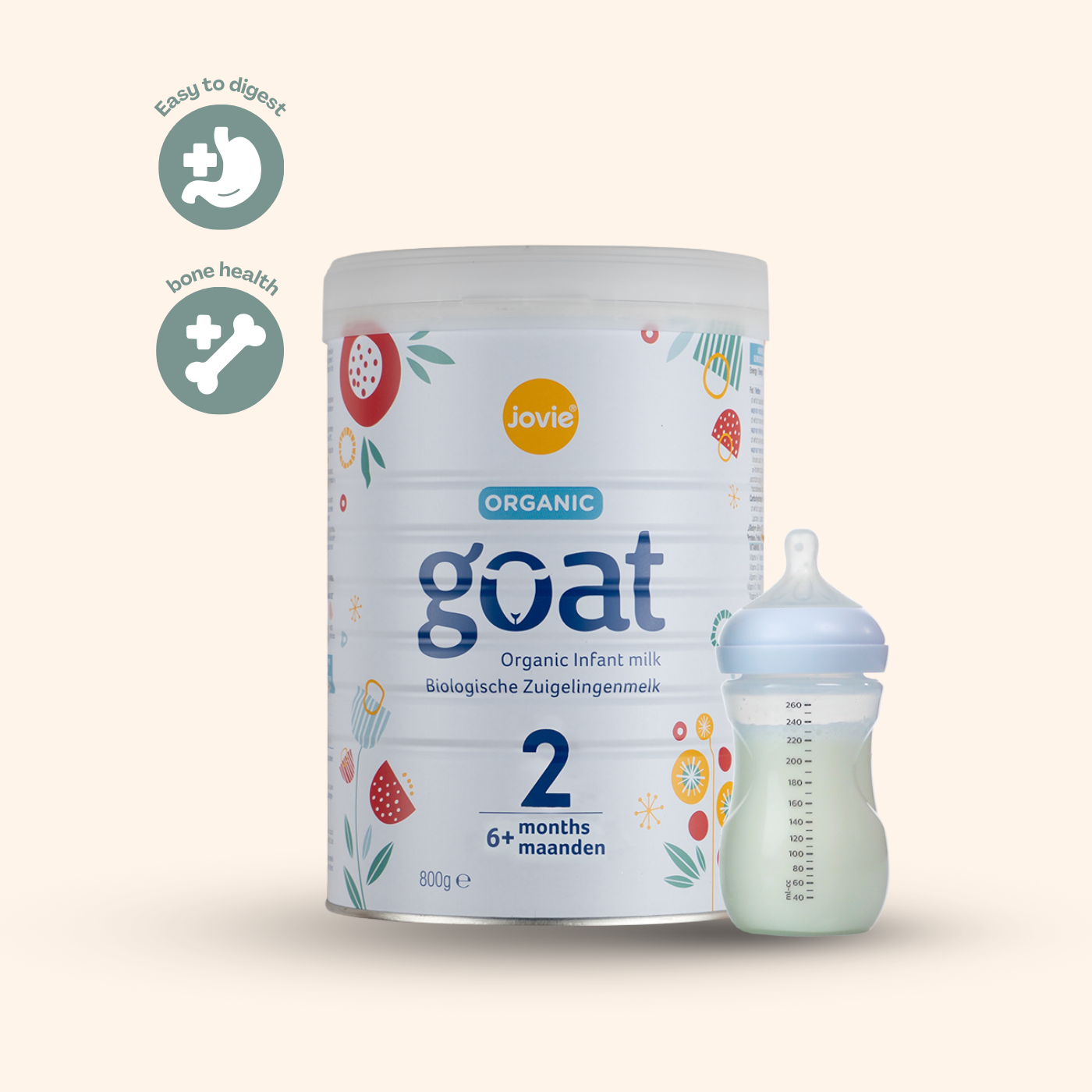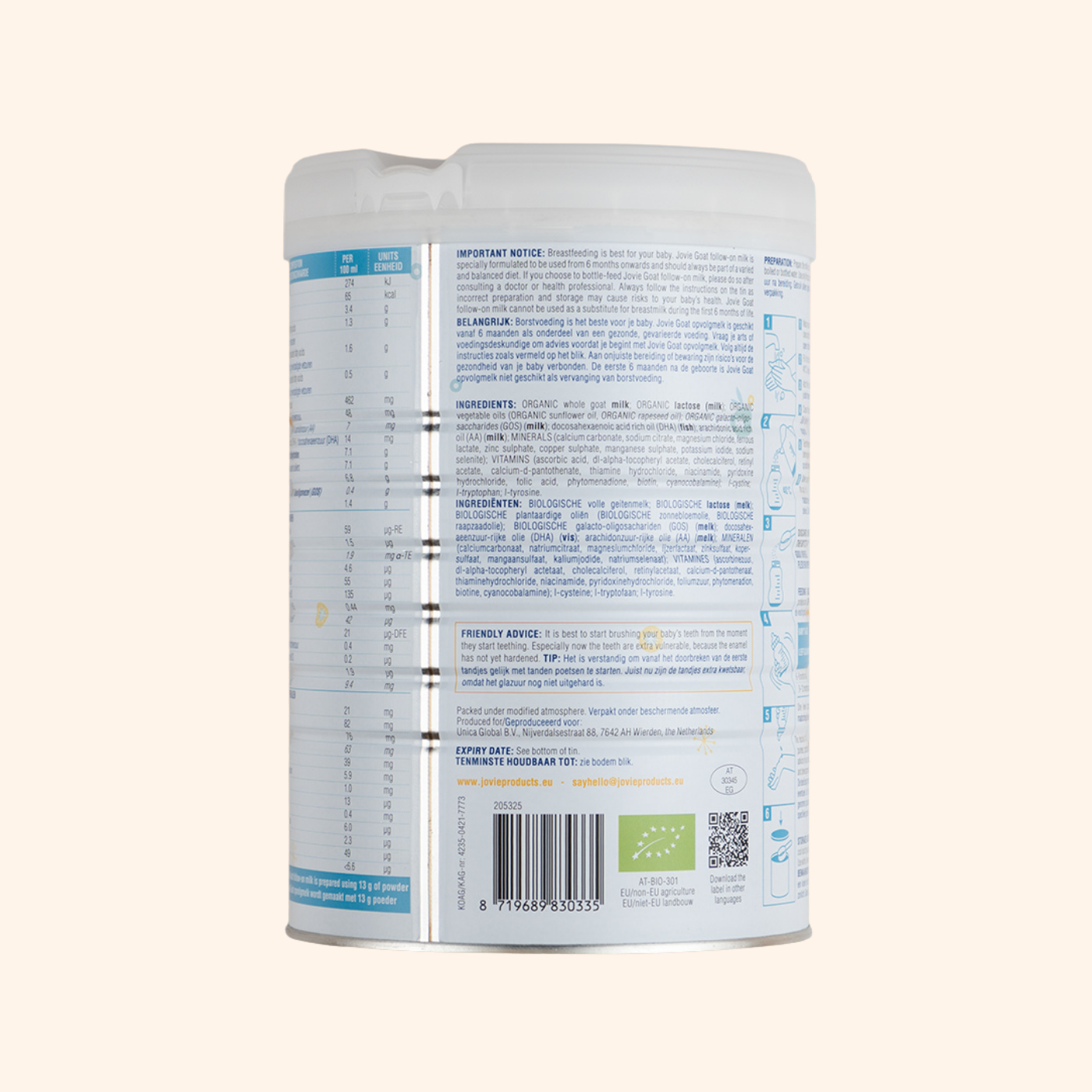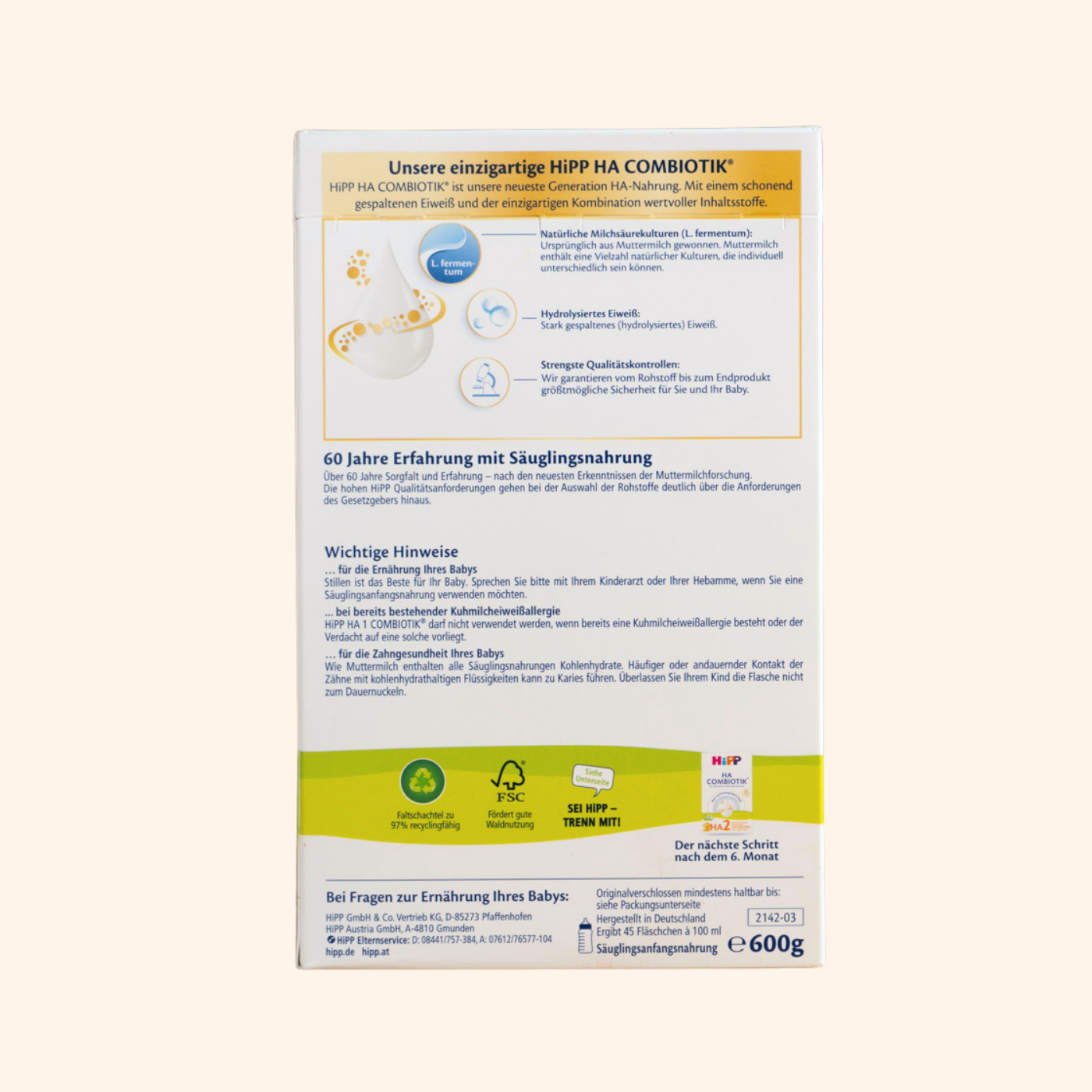DHA
DHA is a must-have in all European baby formulas. This omega-3 powerhouse supports your little one’s early brain and eye development.
No Corn Syrup
Corn syrup is ultra-processed and spikes blood sugar. Our healthy corn syrup-free formulas rely primarily or exclusively on lactose—just like human milk!
European Quality
Parents swear by European formulas for their premium ingredients, ultra-strict standards, and breast milk-like recipes that babies love.
No GMOs
The health consequences of consuming genetically modified organisms are still a question mark, so we stick to what’s safe—natural ingredients you can trust!














